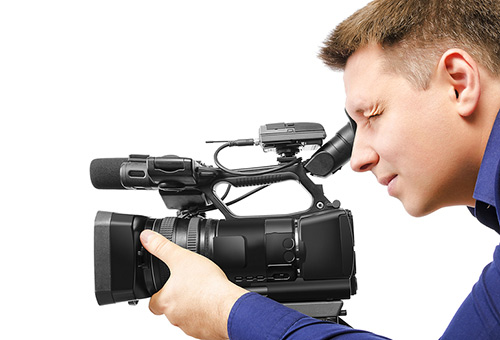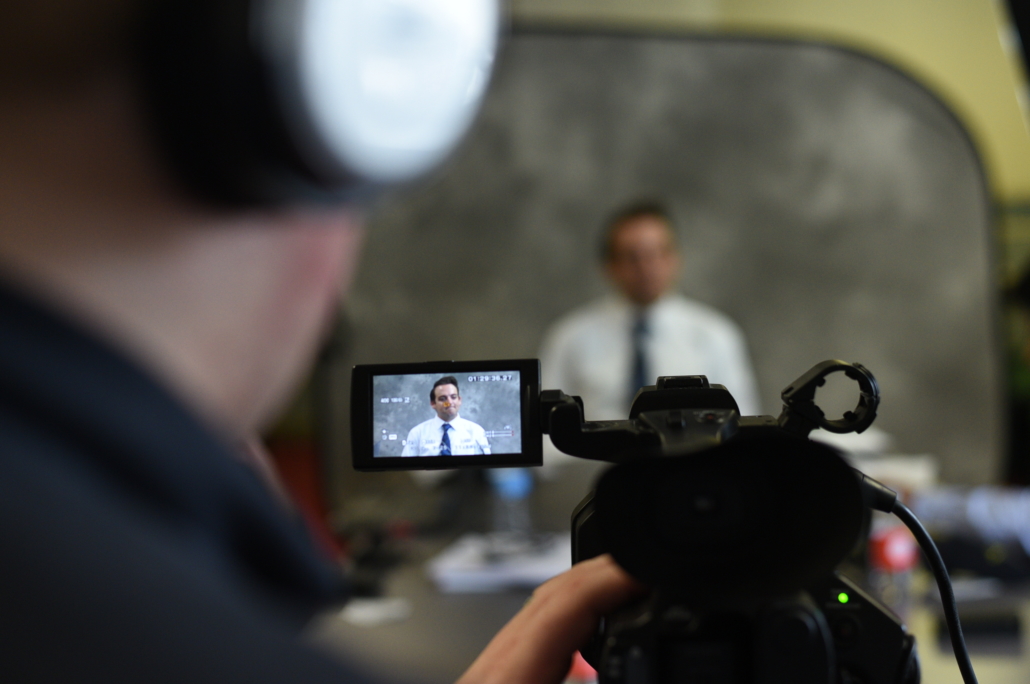Precision, Technique, Influence: Boosting Your Trial Presentations Durham
Wiki Article
Master the Art of Test Presentations: Increase Your Court Efficiency
In the world of lawful procedures, the capacity to properly present an instance in the court can be a defining consider the result of a test. Understanding the art of trial discussions is a skill that calls for a blend of strategic thinking, influential communication, and a complete understanding of the nuances of courtroom characteristics. From picking the most impactful visuals to engaging with the jury in a compelling fashion, every element of a test discussion plays a critical function in shaping the narrative and affecting the decision-makers. As attorneys navigate the intricate landscape of litigation, refining their court performance can be the key to success in advocating for their customers' rate of interests.Choosing the Right Visuals
Choosing appropriate visuals is essential in efficiently sharing intricate details throughout trial presentations. Aesthetic help play a significant duty in catching the attention of the audience, boosting comprehension, and enhancing bottom lines (TRIAL PRESENTATIONS DURHAM). When selecting visuals for a trial presentation, it is necessary to think about the nature of the case, the audience, and the specific info that needs to be communicated
It is essential to make certain that the visuals chosen are appropriate, accurate, and visually attractive. Badly picked or obsoleted visuals can diminish the message being shared and undermine the credibility of the speaker. By meticulously picking and integrating visuals into test presentations, lawyers can successfully interact their arguments and boost the chance of an effective result.
Crafting Engaging Opening Declarations
Properly establishing the tone for the case, crafting compelling opening statements is a critical element of test presentations that mesmerizes the court's attention from the beginning. Opening up statements function as the attorney's opportunity to give an introduction of the situation, detailing the essential facts, lawful concepts, and evidence that will exist throughout the trial. A well-crafted opening statement not just educates the jury about the upcoming process but additionally establishes trustworthiness and develops relationship with the jurors.To craft a compelling opening statement, attorneys must concentrate on creating a meaningful and clear story that resonates with the court. By integrating convincing language and emphasizing the staminas of their instance, attorneys can involve the court's emotions and reasoning, making an unforgettable impact that influences their assumption of the case. Additionally, structuring the opening up statement in a logical series helps more tips here jurors comply with the lawyer's debate and preserve key details throughout the test.
Utilizing Technology Successfully
In modern courtroom setups, experienced assimilation of technology is essential for improving trial presentations and efficiently conveying intricate information to the jury. By utilizing innovation effectively, lawyers can enhance their debates, existing evidence in a compelling fashion, and engage jurors more effectively. One of the vital technical devices that Discover More can dramatically affect courtroom discussions is multimedia presentations. Incorporating visual help such as videos, computer animations, and interactive graphics can assist streamline intricate principles, make debates much more convincing, and leave a long-term perception on the jury.Additionally, using presentation software enables the seamless organization of evidence, displays, and essential points, enabling attorneys to browse via their instance effortlessly and clarity. Additionally, modern technology can help with real-time partnership between legal teams, ensuring that every person is on the same page and offering a linked front in the courtroom. On the whole, grasping the art of making use of modern technology in trial presentations is extremely important for accomplishing success in modern lawful procedures.
Involving With the Audience
To entail the audience and mesmerize during trial discussions, lawful professionals have to grasp the art of attaching with jurors on a individual and persuasive degree. One efficient method is to preserve eye call with the jurors throughout the discussion (TRIAL PRESENTATIONS DURHAM).Moreover, including storytelling into your presentation can be a powerful tool for engaging the audience. By weaving an engaging story that humanizes the instance, you this contact form can stimulate emotions and make the info more relatable and unforgettable for the jurors. In addition, actively involving the audience via interactive elements or rhetorical questions can help maintain their focus and involvement.
Inevitably, engaging with the audience is not just concerning sharing info yet regarding forming a link that affects their understanding and decision-making procedure. By grasping this art, lawyers can substantially boost their court room performance and efficiently guide the point of views of the jurors.
Managing Cross-Examinations

To successfully manage cross-examinations, lawyers should carefully prepare by reviewing witness statements, identifying possible weak points, and creating penetrating questions to evoke appropriate details. Maintaining calmness and staying focused are vital throughout interrogations, as emotional responses or disturbances can take away from the attorney's reliability and efficiency. In addition, active listening skills are vital to exploit on opportunities to impeach the witness or expose inaccuracies in their statement.
Conclusion
Finally, grasping the art of trial discussions involves picking impactful visuals, creating convincing opening declarations, using modern technology effectively, involving with the audience, and expertly managing cross-examinations. By honing these abilities, attorneys can improve their courtroom efficiency and properly communicate their situation to the judge and court. Inevitably, a well-executed trial presentation can significantly influence the end result of a situation.
By carefully picking and incorporating visuals right into trial presentations, legal professionals can effectively communicate their arguments and raise the chance of a successful end result.

To captivate and entail the audience throughout test presentations, legal experts need to grasp the art of linking with jurors on a persuasive and personal level.In verdict, grasping the art of trial discussions involves selecting impactful visuals, developing persuasive opening statements, using technology successfully, involving with the target market, and adeptly handling interrogations.
Report this wiki page